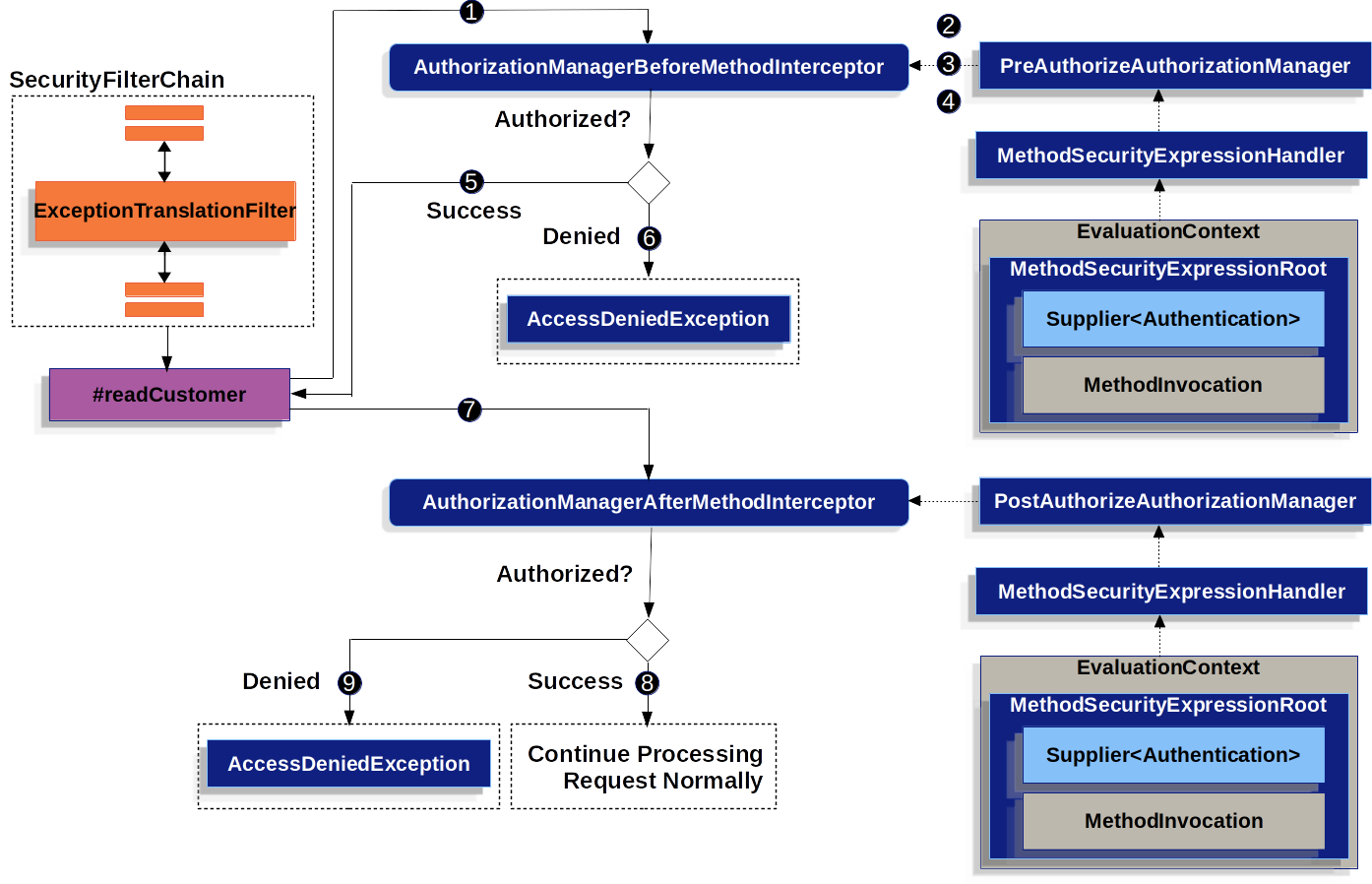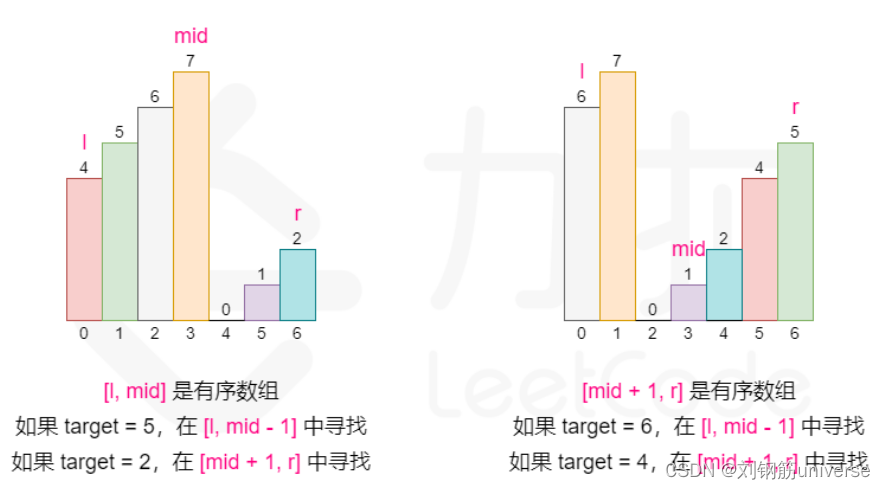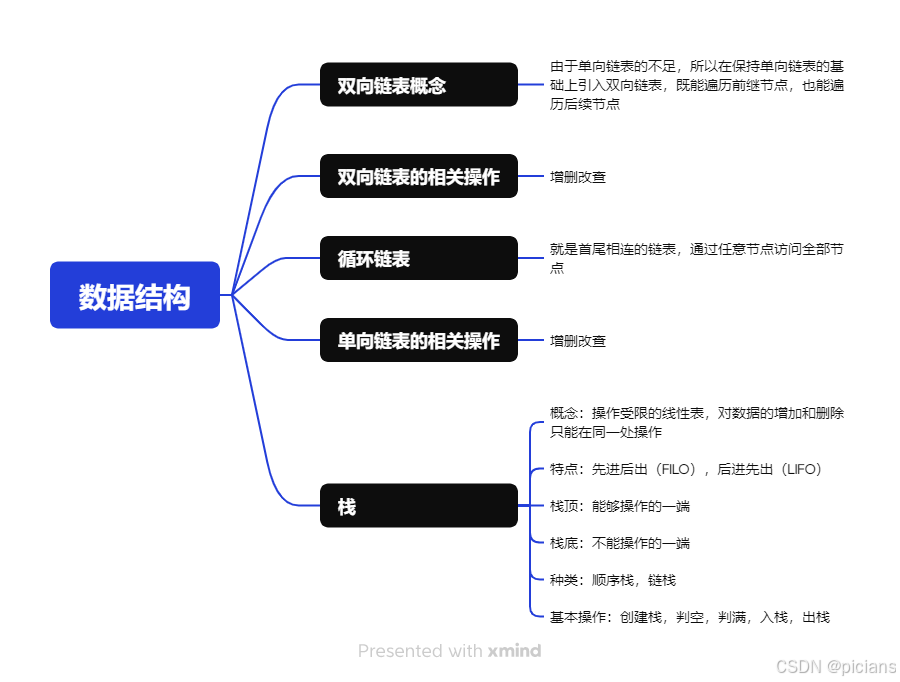#精医求精,文献阅读
大家好,我是蔡老师,一个立志学会所有医学大数据分析模型的女子
今天我们从文献阅读开始
这篇文章的影响因子为17分,全文名称为《Development and internal-external validation of statistical and machine learning models for breast cancer prognostication:cohort study》
(机器学习:乳腺癌预后预测的统计和机器学习模型的开发及内外部验证:队列研究)
breast cancer prognostication:乳腺癌预后
cohort study:群组研究

OK这个标题的借鉴可以是Development machine learning models for breast cancer prognostication:cohort study
好我们从摘要开始
原文:ABSTRACT
解读:摘要
仿写:ABSTRACT
原文:OBJECTIVE
解读:
To develop a clinically useful model that estimatesthe 10 year risk of breast cancer related mortality inwomen(self-reported female sex) with breast cancerof any stage, comparing results from regression andmachine learning approaches.
DESIGN
Population based cohort study.
SETTING
QResearch primary care database in England, withindividual level linkage to the national cancer registry,Hospital Episodes Statistics, and national mortalityregisters.
PARTICIPANTS
141765 women aged 20 years and older with adiagnosis ofinvasive breast cancer between 1 january2000 and 31 December 2020.
MAIN OUTCOME MEASURES
Four model building strategies comprising tworegression (Cox proportional hazards and competingrisks regression) and two machine learning (XGBoostand an artificial neural network) approaches.Internal-external cross validation was used for model evaluation. Random effects meta-analysis that pooledestimates of discrimination and calibration metrics,calibration plots, and decision curve analysis wereused to assess model performance, transportabilityand clinical utility.
RESULTS
During a median 4.16 years (interquartile range1.76-8.26) of follow-up, 21 688 breast cancer relateddeaths and 11 454 deaths from other causes occurredRestricting to 10 years maximum follow-up frombreast cancer diagnosis, 20367 breast cancer relateddeaths occurred during a total of 688 564.81 personyears.The crude breast cancer mortality rate was295.79 per 10000 person years (95% confdenceinterval 291.75 to 299.88).Predictors varied for eachregression model, but both Cox and competing risksmodels included age at diagnosis, body mass index,smoking status, route to diagnosis, hormone receptostatus, cancer stage, and grade of breast cancer. TheCox model's random effects meta-analysis pooledestimate for Harrell's Cindex was the highest ofanymodel at 0.858 (95% confidence interval 0.853 to0.864,and 95% prediction interal 0.843 to 0.873)It appeared acceptably calibrated on calibrationplots.The competing risks regression model hadgood discrimination: pooled Harrel's Cindex 0.849(0.839 to 0.859,and 0.821 to 0.876,and evidenceofsystematic miscalibration on summary metrics wasacking.The machine learning models had acceptablediscrimination overall (Harrell's C index: XGBoost0.821(0.813 to 0.828, and 0.805 to 0.837); neuralnetwork0.847 (0.835 to 0.858, and 0.816 to 0.878))but had more complex patterns of miscalibrationand more variable regional and stage specificperformance.Decision curve analysis suggested thatthe Cox and competing risks regression models testedmay have higher clinical utility than the two machineearning approaches.
CONCLUSION
In women with breast cancer of any stage, using thepredictors available in this dataset, regression basedmethods had better and more consistent performancecompared with machine learning approaches and maybe worthy offurther evaluation for potential clinicaluse, such as for stratified follow-up.
ABSTRACT
OBJECTIVE
To develop a clinically useful model that estimatesthe 10 year risk of breast cancer related mortality in women(self-reported female sex) with breast cancerof any stage, comparing results from regression and machine learning approaches.
开发一个临床有用的模型,估计任何阶段患乳腺癌的女性(自我报告的女性)乳腺癌相关死亡率的10年风险,比较回归和机器学习方法的结果。
单词:
mortality:n. 死亡数,死亡率;必死性,必死的命运
self-reported female sex:自己报告为女性
with breast cancerof any stage:患有任何阶段的乳腺癌
comparing results from XXX and XXXX:比较来自XXX和XXXX的结果
approaches:方法
Approaches和Methods在含义和用法上存在明显的区别。
定义与含义:
Approaches:通常指达到某个目标的方法或方式,但更侧重于思考和分析的过程。它强调的是某个问题或任务解决的思路和方法,比较抽象。例如,一个创新的教学法(a creative approach to teaching)就是一个解决问题的新思路或新方法。
Methods:指一种固定的、有系统的做事方式或行动步骤,常常强调实际操作和执行的过程。它通常涉及具体的方法、步骤和策略。例如,科学研究方法(the scientific method of research)就是一种有系统、有步骤的研究方法。
用法上的区别:
Approaches:更常用于描述解决问题或实现目标的整体策略或思路,包括思考问题的角度、分析问题的框架等。它可能包含多种不同的方法和步骤,但更侧重于整体的方向和思路。
Methods:更常用于描述具体的、可操作的步骤或方法,这些步骤或方法通常是为了实现某个具体目标或完成某个具体任务而设计的。它更强调实际操作和执行的过程,以及每一步骤的具体内容和要求。
示例:
如果说“我们采用了一种新的教学方法来提高学生的参与度”,这里的“教学方法”就是一个具体的、可操作的步骤或方法,属于Methods的范畴。
如果说“我们尝试了一种新的教学思路来激发学生的学习兴趣”,这里的“教学思路”就是一个整体的策略或方向,属于Approaches的范畴。
综上所述,Approaches和Methods在定义、含义和用法上都有所不同。Approaches更侧重于解决问题的思路和方法,而Methods更侧重于具体的操作步骤和策略。在实际应用中,可以根据需要选择合适的词汇来描述不同的方法和过程。
DESIGN 研究设计
Population based cohort study.基于人群的队列研究。
SETTING 环境
QResearch primary care database in England, with individual level linkage to the national cancer registry,Hospital Episodes Statistics, and national mortality registers.
英国的质量研究初级保健数据库,与国家癌症登记、医院事件统计和国家死亡率登记有个人层面的联系。
QResearch primary care database
With individual level:个体水平内
linkage to:链接到
the national cancer registry:国家癌症登记处
Hospital Episodes Statistics:医院事件统计
national mortality registers:国家死亡率登记册
PARTICIPANTS 参加者
141765 women aged 20 years and older with a diagnosis of invasive breast cancer between 1 january 2000 and 31 December 2020.
2000年1月1日至2020年12月31日,20岁及以上女性141765例。
Diagnosis:诊断;判断
invasive breast cancer :[医]乳腺浸润性癌
--------------------------------2024.7.1之前
MAIN OUTCOME MEASURES
Four model building strategies comprising two regression (Cox proportional hazards and competingrisks regression) and two machine learning (XGBoostand an artificial neural network) approaches.Internal-external cross validation was used for model evaluation. Random effects meta-analysis that pooled estimates of discrimination and calibration metrics,calibration plots, and decision curve analysis wereused to assess model performance, transportabilityand clinical utility.
MAIN OUTCOME MEASURES:主要结果指标
第一句:
Four model building strategies comprising two regression (Cox proportional hazards and competingrisks regression) and two machine learning (XGBoostand an artificial neural network) approaches.
四种模型构建策略包括两种回归(Cox比例风险和竞争风险回归)和两种机器学习(XGBoostand an人工神经网络)方法。
第二句:
Internal-external cross validation was used for model evaluation. 模型评价采用内外交叉验证的方法。
Internal-external cross validation:内外交叉验证
model evaluation:模型评价
Internal-external cross validation(内部-外部交叉验证)并非一个标准的术语,但在理解其含义时,我们可以将其拆分为两部分:内部验证(Internal Validation)和外部验证(External Validation),并结合交叉验证(Cross-Validation)的概念来进行解释。
内部验证(Internal Validation)
内部验证是建模后首先要进行的一项模型验证工作,它主要在训练数据集上应用各种方法来评估模型的性能,主要是对模型的区分度进行评价。内部验证的目的是评估模型在当前数据集上的表现,并可以在一定程度上检测是否存在过拟合,以判断其未来在新数据上的泛化能力。然而,内部验证终究是在训练集上进行的操作,因此无法真正评估模型在新数据上的泛化能力。
外部验证(External Validation)
外部验证通常指的是在模型训练完成后,使用一个独立的、未参与过模型训练的数据集(称为测试集或验证集)来评估模型的性能。这种验证方式能够更准确地反映模型在真实世界中的表现,因为它评估的是模型在未见过的数据上的性能。
交叉验证(Cross-Validation)
交叉验证是一种常用的模型验证方法,它通过将数据集划分为多个子集(通常是训练集和验证集,或更多个子集),并使用不同的子集组合来训练和验证模型。交叉验证的主要目的是通过多次训练和验证来评估模型的性能,并减少过拟合的风险。常见的交叉验证方法包括简单交叉验证、S折交叉验证(S-fold cross validation)和留一交叉验证(Leave-one-out cross-validation)。
Internal-external cross validation 的可能含义
由于Internal-external cross validation不是一个标准的术语,我们可以推测其可能指的是一种结合了内部验证和外部验证的交叉验证策略。在这种策略中,模型首先在训练数据集上进行内部验证以评估其性能,然后使用独立的测试数据集进行外部验证以进一步确认模型的泛化能力。
总之,Internal-external cross validation可能是一种结合了内部验证和外部验证的交叉验证策略,旨在更全面地评估模型的性能和泛化能力。
第三句:
Random effects meta-analysis that pooled estimates of discrimination and calibration metrics,calibration plots, and decision curve analysis were used to assess model performance, transportability and clinical utility.
随机效应元分析合并了鉴别和校准指标的估计、校准图和决策曲线分析,用于评估模型性能、运输能力和临床效用。
Random effects meta-analysis :随机效应元分析(这个需要具体读懂文献)
calibration plots:校准图
decision curve:决策曲线
model performance:模型性能
transportability:可移植性
clinical utility:临床效用
-----------2024.7.1
RESULTS 结果
During a median 4.16 years (interquartile range1.76-8.26) of follow-up, 21 688 breast cancer related deaths and 11454 deaths from other causes occurred.
在中位4.16年(四分位数range1.76-8.26)的随访中,有21 688例因乳腺癌相关死亡,11454例因其他原因死亡。
interquartile range:四分位差
Restricting to 10 years maximum follow-up frombreast cancer diagnosis, 20367 breast cancer related deaths occurred during a total of 688 564.81 person years.
乳腺癌诊断最多随访10年,20367例乳腺癌相关死亡,共计688 564.81人年。
during a total of 688 564.81 person years:期间共计688 564.81人年
"During a total of 688,564.81 person years" 这个短语通常出现在流行病学、公共卫生或医学研究领域中,用于描述观察或研究期间所累积的“人年”总数。这里的“人年”是一个统计单位,用来衡量在某个特定研究或观察期间内,一群人的总暴露时间。
具体来说,如果研究涉及了100人,并且这些人都被观察了1年,那么总的人年数就是100人年。但如果其中一些人被观察了更长的时间,比如有一个人被观察了2年,那么总的人年数就会增加。在这个例子中,“688,564.81人年”意味着在研究或观察期间,所有参与者的总暴露时间加起来相当于688,564.81个人的完整年份。
The crude breast cancer mortality rate was 295.79 per 10000 person years (95% confdence interval 291.75 to 299.88).粗乳腺癌死亡率为295.79/10000人年(95%可信区间为291.75至299.88)。
Predictors varied for each regression model, but both Cox and competing risks models included age at diagnosis, body mass index,smoking status, route to diagnosis(诊断途径), hormone receptor status(激素受体状态), cancer stage(癌症分期), and grade of breast cancer(乳腺癌的分级).
每种回归模型的预测因子各不相同,但Cox和竞争风险模型都包括诊断时的年龄、体重指数、吸烟状况、诊断途径、激素受体状态、癌症分期和乳腺癌分级。
The Cox model's random effects meta-analysis(随机效应元分析) pooled estimate for Harrell's Cindex was the highest of anymodel at 0.858 (95% confidence interval 0.853 to 0.864,and 95% prediction interal 0.843 to 0.873).
Cox模型的随机效应荟萃分析(随机效应元分析)对哈勒尔Cindex的汇总估计是所有模型中最高的,为0.858(95%置信区间为0.853至0.864,95%的预测区间为0.843至0.873)。
random effects meta-analysis:随机效应元分析
Random effects meta-analysis(随机效应模型Meta分析)是Meta分析中的一种统计方法,用于综合和比较来自多个独立研究的结果,以获取一个更加全面和准确的总体效应估计。这种方法在处理存在异质性的研究数据时尤为重要,因为它能够考虑到不同研究之间可能存在的变异性。
定义与原理
- 定义:Random effects meta-analysis是一种统计模型,它假设各个研究来自不同的总体,每个研究都有其独特的总体效应,且这些总体效应之间存在随机变异。因此,在分析过程中,需要考虑到这种随机变异对结果的影响。
- 原理:该模型不仅考虑了研究内的抽样误差(即每个研究内部由于随机抽样而产生的误差),还考虑了研究间的变异(即不同研究之间由于研究方法、样本特征、环境条件等因素而产生的差异)。通过计算这种变异,随机效应模型能够得出一个更加稳健和保守的总体效应估计。
与固定效应模型的区别
- 固定效应模型(Fixed effects model):假设所有研究都来自同一总体,各研究之间的差异仅由抽样误差引起,不同研究之间的变异性很小。因此,在固定效应模型中,每个研究的效应量被赋予相同的权重。
- 随机效应模型:则更加灵活,它允许各研究来自不同的总体,每个研究都有其独特的总体效应。因此,在随机效应模型中,每个研究的效应量会根据其样本量、变异程度等因素被赋予不同的权重。
应用场景
当不同研究之间存在明显的异质性时,使用随机效应模型进行Meta分析更为合适。这种方法能够更全面地反映不同研究之间的差异,并得出一个更加稳健和保守的总体效应估计。在临床医学、心理学、教育学等领域中,随机效应模型Meta分析被广泛应用于综合多个研究结果,为决策提供科学依据。
优点与局限性
- 优点:能够考虑到研究间的变异,得出更加稳健和保守的总体效应估计;适用于存在异质性的研究数据。
- 局限性:由于考虑了研究间的变异,随机效应模型可能会降低统计效力,使得一些微小的差异难以被检测出来;同时,该模型对数据的要求较高,需要足够的研究数量和样本量来支持其分析。
综上所述,Random effects meta-analysis是一种重要的统计方法,在综合和比较多个独立研究结果方面具有重要作用。然而,在使用该方法时需要注意其适用条件和局限性,并结合实际情况进行合理解释和应用。
It appeared acceptably calibrated on calibrationplots.它在校准图上似乎是可以接受的校准。
The competing risks regression model had good discrimination: pooled Harrel's Cindex 0.849 (0.839 to 0.859,and 0.821 to 0.876,and evidence of systematic miscalibration on summary metrics was acking.
竞争风险回归模型具有良好的区分性:合并Harrel‘s Cindex 0.849(0.839-0.859,0.821-0.876,汇总指标的系统错误校准证据被支持。
The machine learning models had acceptable discrimination overall (Harrell's C index: XGBoost 0.821(0.813 to 0.828, and 0.805 to 0.837);
机器学习模型总体上具有可接受的辨别能力(哈勒尔的C指数: XGBoost 0.821(0.813~0.828,0.805~0.837);
neural network 0.847 (0.835 to 0.858, and 0.816 to 0.878))but had more complex patterns of miscalibration and more variable regional and stage specific performance.
神经网络0.847(0.835到0.858,和0.816到0.878)),但有更复杂的错误校准模式和更可变的区域和阶段特定表现。
Decision curve analysis suggested that the Cox and competing risks regression models tested may have higher clinical utility than the two machine learning approaches.决策曲线分析表明,Cox和竞争风险回归模型可能比两种机器学习方法具有更高的临床效用。
CONCLUSION 结论
In women with breast cancer of any stage, using the predictors available in this dataset, regression basedmethods had better and more consistent performancecompared with machine learning approaches and maybe worthy offurther evaluation for potential clinicaluse, such as for stratified follow-up.
在任何阶段的乳腺癌女性中,使用本数据集中可用的预测因子,回归基础方法与机器学习方法有更好和更一致的性能,可能值得对潜在的临床应用进行更全面的评估,如分层随访。


















